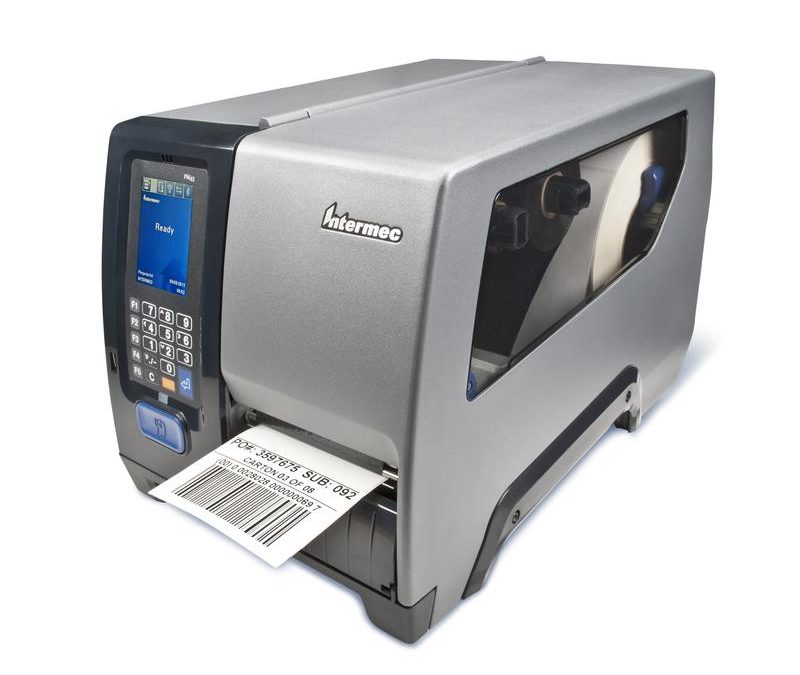Barcode printing hardware is a major investment into your operation, with major consequences should you get it wrong. The right barcode printing hardware will streamline processes, help you work quickly and effectively, and print lasting, accurate labels that will scan correctly every time. The wrong hardware could disrupt operations, cause unreadable labels, and result in some significant sunk costs.
If you are looking to invest in new barcode printing hardware, here is what to consider:
1. Environment
Your environment has a lot to do with what type of printer hardware you will choose. If you operate in a warehouse or distribution center with hazards that can cause damage to hardware like dust, spills, splashes, etc., you will need hardware that is designed to withstand those environmental factors.
Some operations take place in extreme temperatures, like freezer storage or hot metal warehouses in warm climates. These temperatures can also damage hardware that wasn’t built specifically to operate under extreme temperature conditions, so it’s important that you factor environmental hazards, as well as temperatures of your warehouse into consideration.
2. Type of Printer
Barcode printing hardware comes in many different forms and types, so it is good to evaluate all of them and choose the one with qualities that will best suit your operation:
Direct thermal
These devices print on heat-sensitive media. When this media is passed under heated sections of the printhead, it darkens, forming the proper markings. They don’t need an ink ribbon, and the printed labels usually last long, but can’t withstand extreme temperatures or conditions.
Thermal transfer
These printers use ink ribbons to mark labels. These ink ribbons are heated and melted onto the label by the printhead, which makes them last longer, but the media is more expensive.
Desktop
Smaller in size, these printers print fewer labels than industrial printers, but are more ergonomically-designed and provide a smaller footprint. Desktop printers are useful for lower-volume printing applications.
Mobile
These printers are small enough to carry around and can print without cables, making them ideal for printing barcode labels on-the-go and streamlining workflows. Look for mobile printers that withstand rugged environments, Honeywell’s RPe mobile receipt printer withstands drops and exposure to dust and water, and is designed for all-day printing with full-shift battery life.
3. Size
The optimal size for your printer will depend on how many labels you need to print, and where you need them to be printed. If you need a smaller printer and don’t have much space, a desktop printer will be ideal. If you need to print labels on-the-go, mobile printers may be your best bet. If you’re more concerned with high output than you are with saving space, you will want to consider an industrial printer.
Also consider what add-ons you may need, like an integrated barcode verifier to double-check labels as they are being printed and ensure accuracy. These are ideal for operations subject to fines levied against them for unreadable barcodes.
Making the Right Choice
Choosing the right printer can improve the speed of your workers, optimize the labeling process, and boost productivity as well as accuracy. Make sure you choose your label printer based on your individual needs, and what will help you address them.
It also helps to have a provider that is familiar with the issues facing the industry, as well as the various types of printers and their specific uses. A reputable provider, like the experts at Informs, can see details you may have missed, or diagnosed needs that you may not have thought your printer could address.
For more information on how to select the right barcode printing hardware, or available products, contact Informs today!


Recent Comments